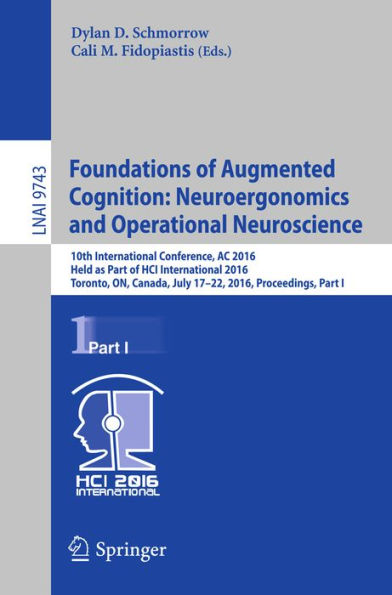5
1

Foundations of Augmented Cognition: Neuroergonomics and Operational Neuroscience: 10th International Conference, AC 2016, Held as Part of HCI International 2016, Toronto, ON, Canada, July 17-22, 2016, Proceedings, Part I

Foundations of Augmented Cognition: Neuroergonomics and Operational Neuroscience: 10th International Conference, AC 2016, Held as Part of HCI International 2016, Toronto, ON, Canada, July 17-22, 2016, Proceedings, Part I
eBook (1st ed. 2016)
$41.49
$54.99
Save 25%
Current price is $41.49, Original price is $54.99. You Save 25%.
Related collections and offers
41.49
In Stock

Product Details
| ISBN-13: | 9783319399553 |
|---|---|
| Publisher: | Springer-Verlag New York, LLC |
| Publication date: | 07/04/2016 |
| Series: | Lecture Notes in Computer Science , #9743 |
| Sold by: | Barnes & Noble |
| Format: | eBook |
| File size: | 7 MB |
From the B&N Reads Blog
